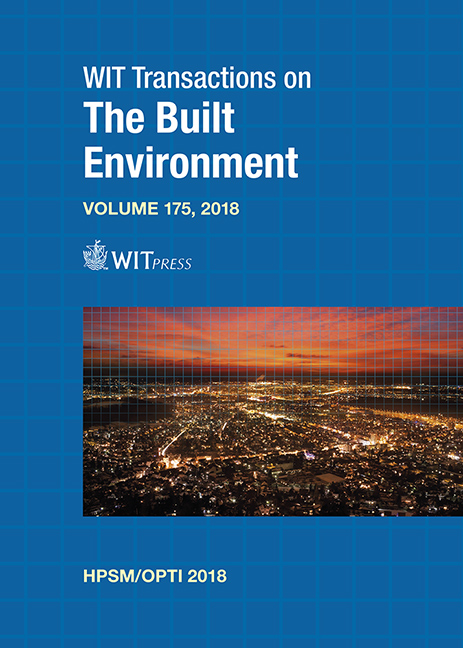ECONOMICALLY OPTIMUM STRUCTURAL DESIGN: METHODOLOGY AND CASE STUDY
Price
Free (open access)
Transaction
Volume
175
Pages
11
Page Range
143 - 153
Published
2018
Size
343 kb
Paper DOI
10.2495/HPSM180151
Copyright
WIT Press
Author(s)
MILAN HOLICKY, DIMITRIS DIAMANTIDIS, MIROSLAV SYKORA
Abstract
Codes of practice aim to assure structures have acceptable risks to the public and the minimum total costs over the working life of a design. However, current codified criteria for structural design correspond to a broad range of reliability levels, specified for dissimilar reference periods even though their recalculation for different periods is uncertain due to unknown dependence of failure events in time. In this contribution, target reliability levels are specified on the basis of probabilistic risk optimization considering the objective function as a sum of various costs including effects of time to failure and discounting. A case study presents probabilistic optimization of the roof of a stadium for 4,000 spectators and illustrates the effect of the considered input parameters. Failure consequences and relative cost of safety measure are shown to be major factors affecting the optimum reliability level. Less important factors are the discount rate and working life. Large uncertainty in failure cost estimates seems to have only a marginal effect on derived optimum reliability levels.
Keywords
failure consequences, probabilistic optimization, risk acceptance, stadium, target reliability, total cost, working life





